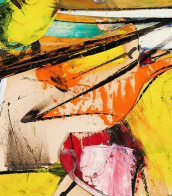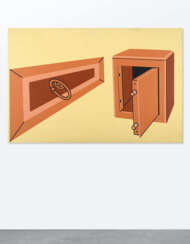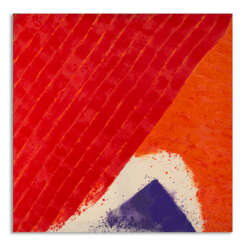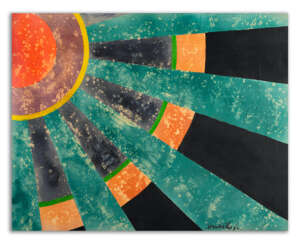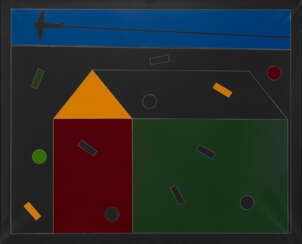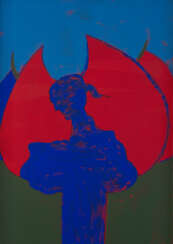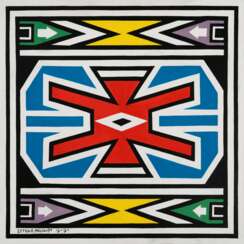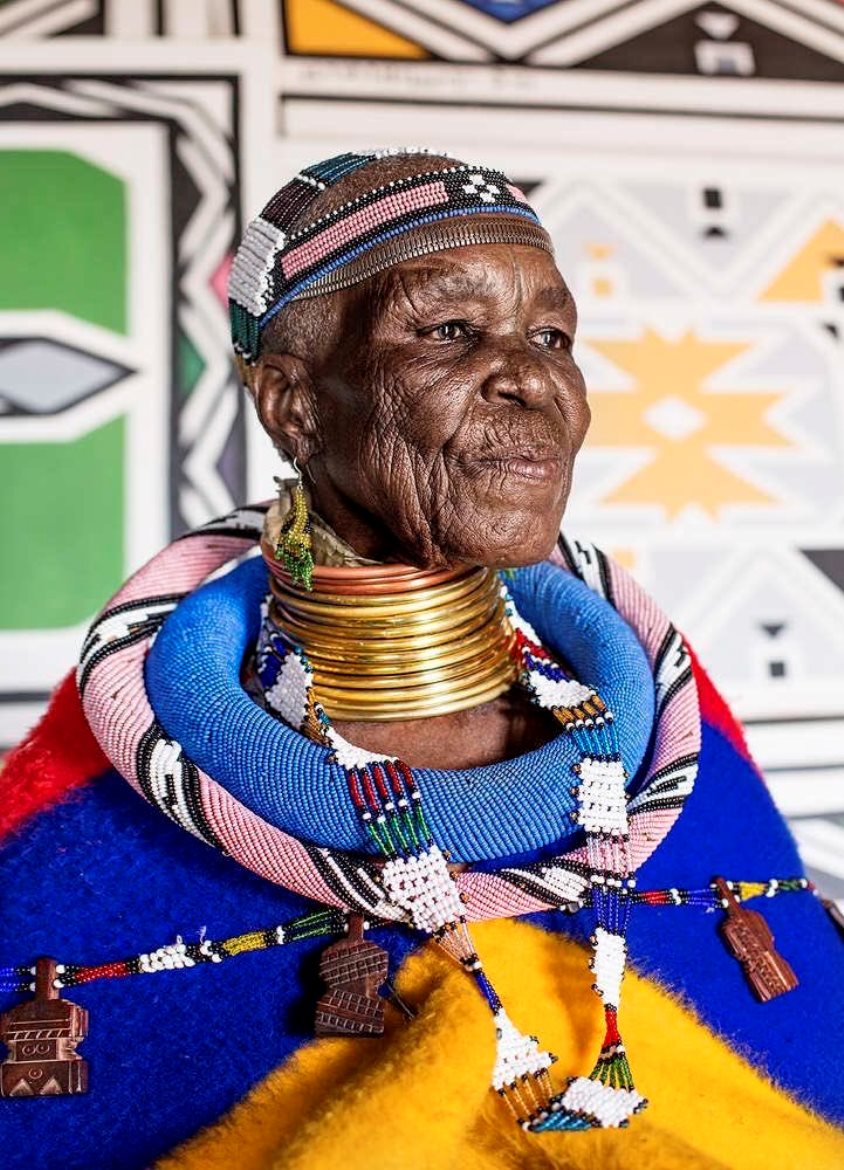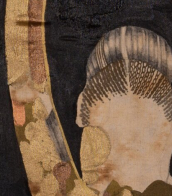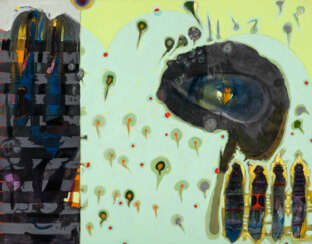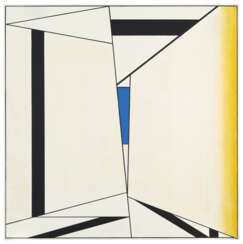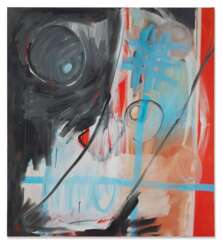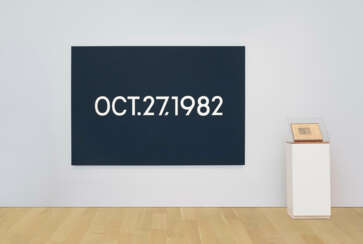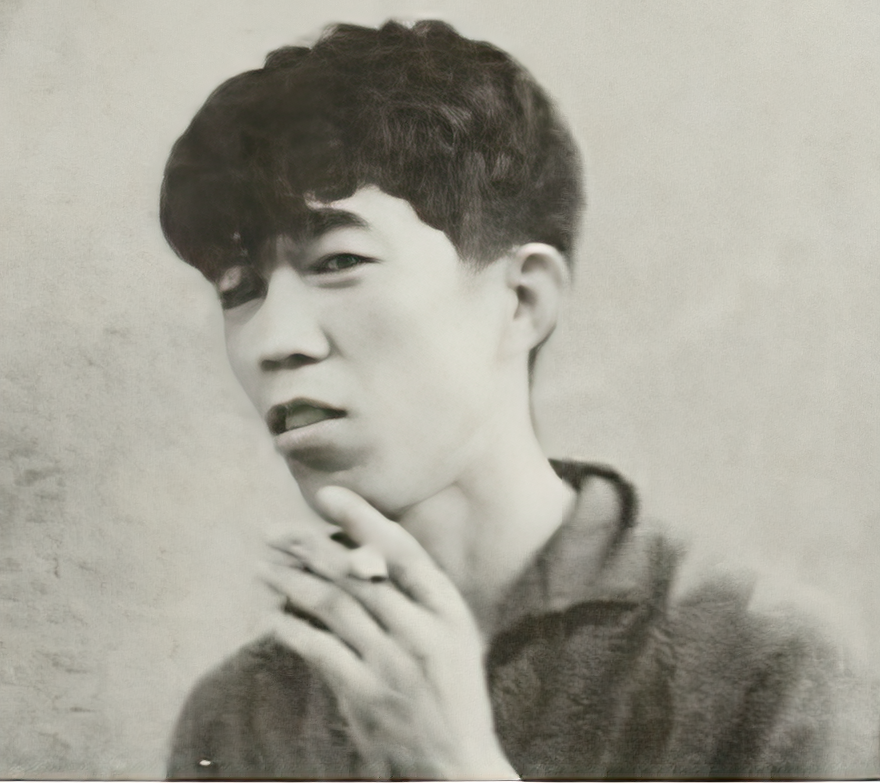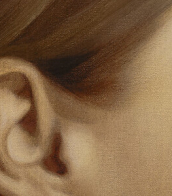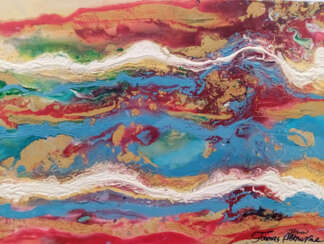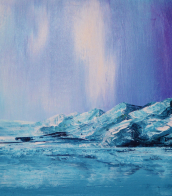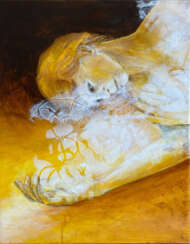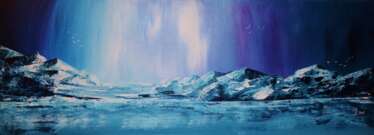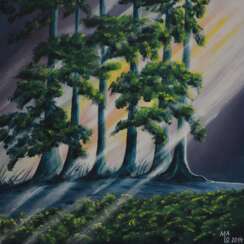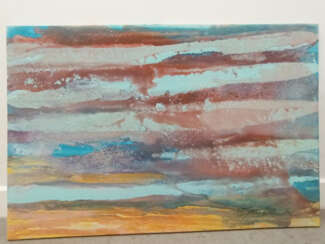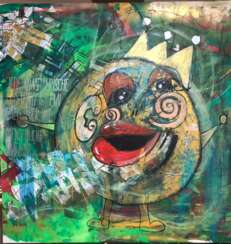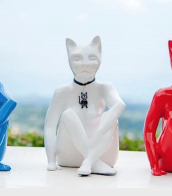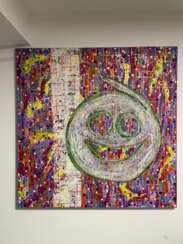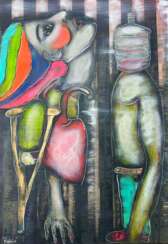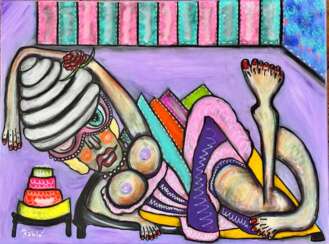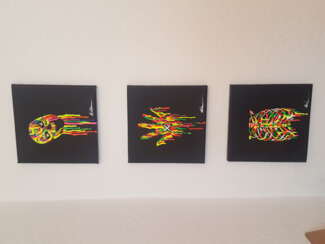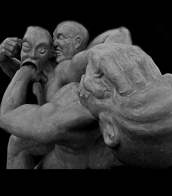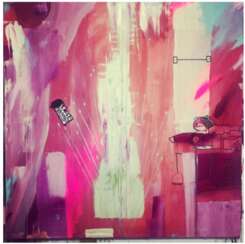акрил на холсте
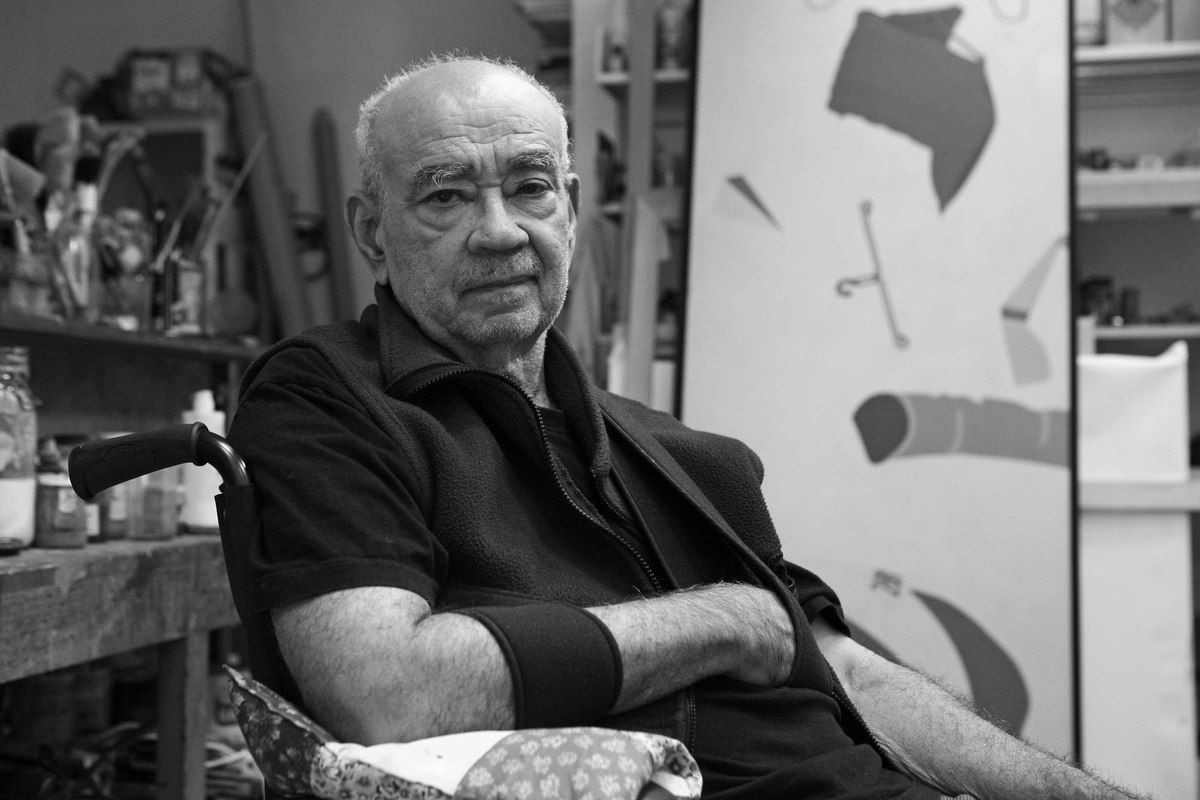
Hervé Télémaque is a French painter of Haitian origin, associated with the surrealism and the narrative figuration movements.
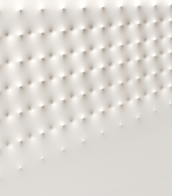

Hsiao Chin is a Chinese modernist painter who has worked in Europe.
Born into an intellectual family in Shanghai, Hsiao moved to Taiwan in 1949 and was educated in the art department of the Taipei Teachers' Training School in Taiwan Province of Taipei (now National Taipei Teachers' University). In 1955, he and seven other artists founded the Ton Fan Art Group, the first postwar contemporary art group in Taiwan that attempted to break free from realism and sought a modern expression of Eastern spirituality.
As an innovative artist and co-founder of significant modernist movements in Taiwan and Europe, Hsiao's work explored Asian philosophy while embracing forms of Western postwar avant-garde practices.
In the mid-1950s, Hsiao settled in Milan, where he lived for half a century. In 1961, along with Italian painter Antonio Calderara and Japanese sculptor Adzuma Kenjiro in Milan, he co-founded the Punto movement, which brought together numerous Eastern and Western abstractionist artists. Xiao Qin's work has been exhibited around the world, including New York's MoMA and Metropolitan Museum of Art, the National Art Museum of China, the Museum of Contemporary Art in Barcelona, and the National Taiwan Museum of Art.


Hsiao Chin is a Chinese modernist painter who has worked in Europe.
Born into an intellectual family in Shanghai, Hsiao moved to Taiwan in 1949 and was educated in the art department of the Taipei Teachers' Training School in Taiwan Province of Taipei (now National Taipei Teachers' University). In 1955, he and seven other artists founded the Ton Fan Art Group, the first postwar contemporary art group in Taiwan that attempted to break free from realism and sought a modern expression of Eastern spirituality.
As an innovative artist and co-founder of significant modernist movements in Taiwan and Europe, Hsiao's work explored Asian philosophy while embracing forms of Western postwar avant-garde practices.
In the mid-1950s, Hsiao settled in Milan, where he lived for half a century. In 1961, along with Italian painter Antonio Calderara and Japanese sculptor Adzuma Kenjiro in Milan, he co-founded the Punto movement, which brought together numerous Eastern and Western abstractionist artists. Xiao Qin's work has been exhibited around the world, including New York's MoMA and Metropolitan Museum of Art, the National Art Museum of China, the Museum of Contemporary Art in Barcelona, and the National Taiwan Museum of Art.

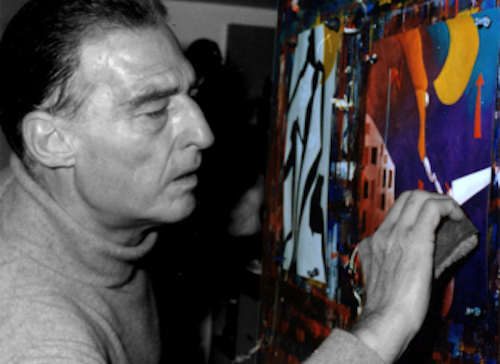
Emilio Tadini is an Italian artist, writer and poet, playwright, translator and journalist.
After graduating from the Faculty of Literature at the Catholic University of the Sacred Heart in Milan, Tadini published essays, novels, poems. At the same time, he also dabbles in painting. Tadini was also president of the Brera Academy of Fine Arts from 1997 to 2000.
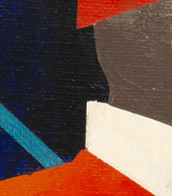
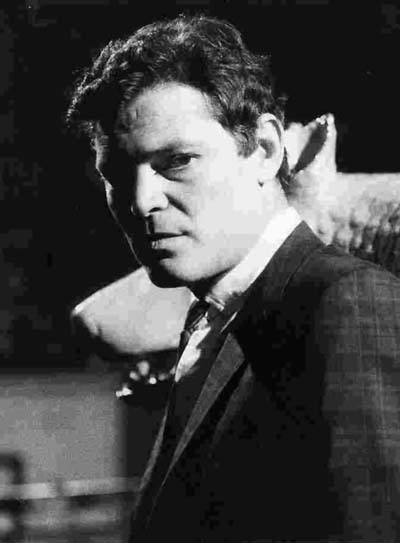

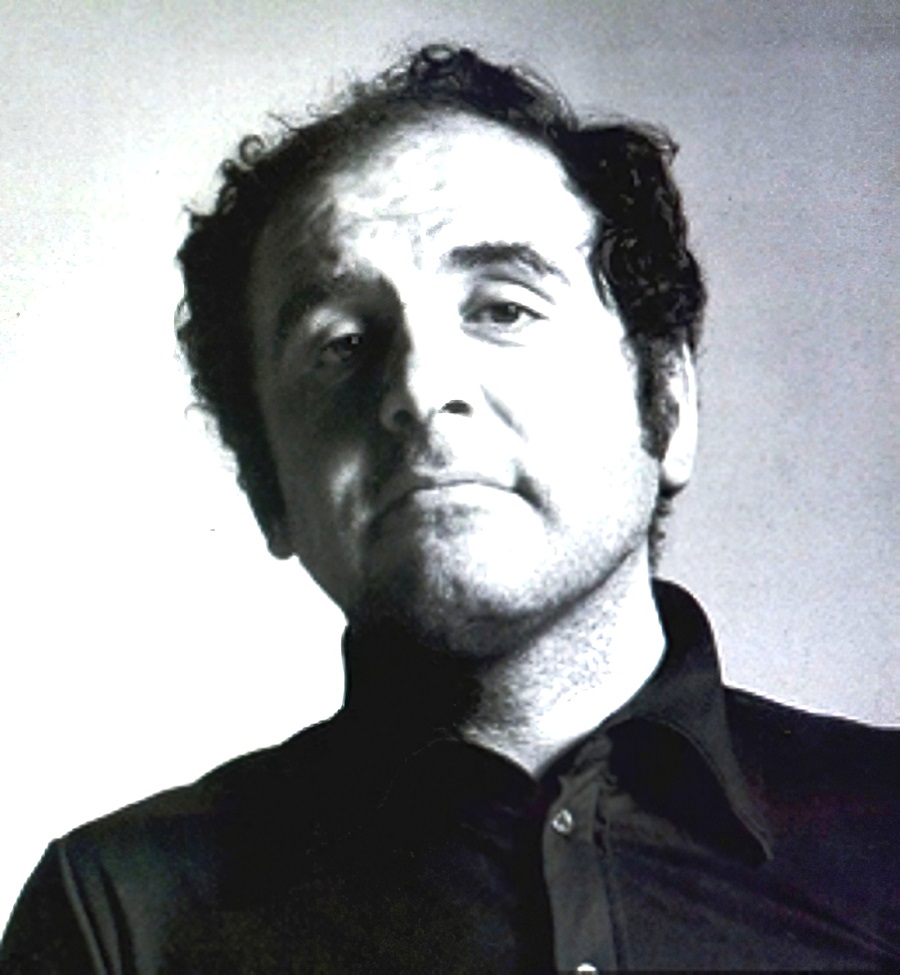
Tano Festa was an Italian painter, graphic artist and photographer.

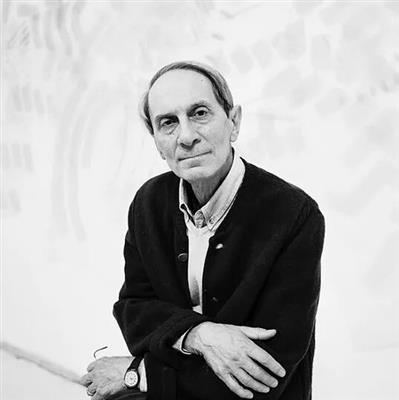
Giorgio Griffa is an Italian abstractionist painter.
He works in the style of abstract painting and paints with acrylics on canvas or even burlap, which are simply nailed to the wall. When folded, the paintings form folds, which Griffa considers the basis of his compositions.

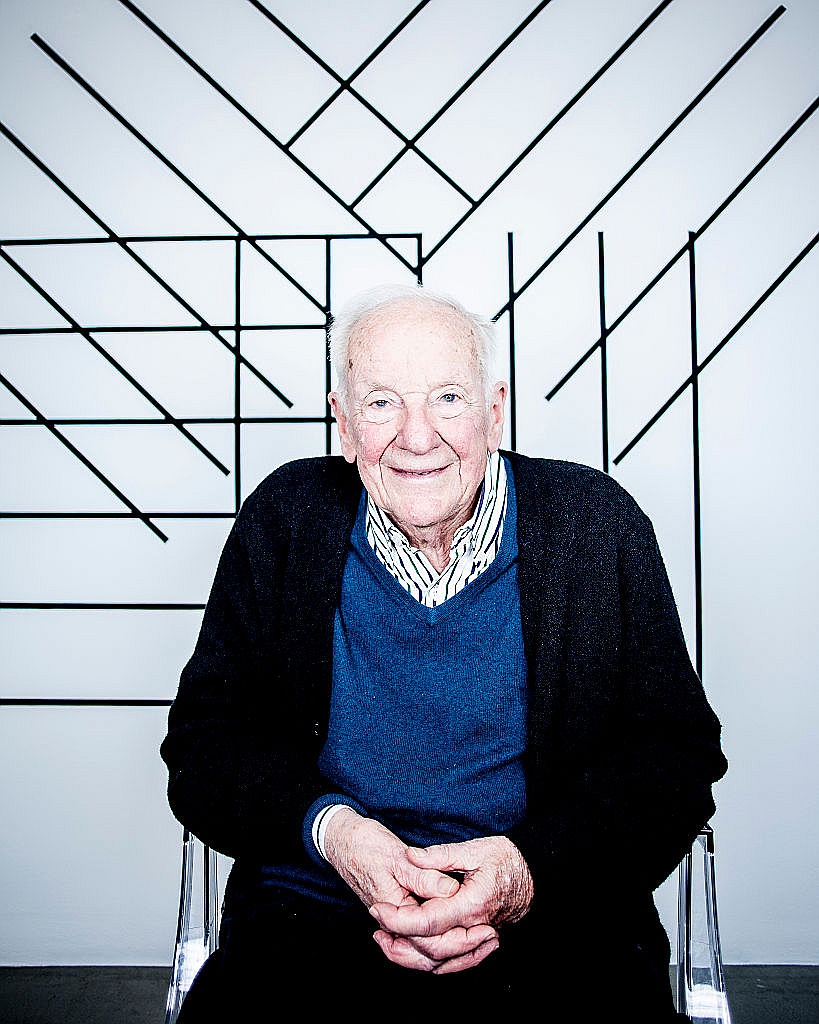
François Morellet was a French contemporary abstract painter, sculptor, and light artist. His early work prefigured minimal art and conceptual art and he played a prominent role in the development of geometrical abstract art and post-conceptual art.

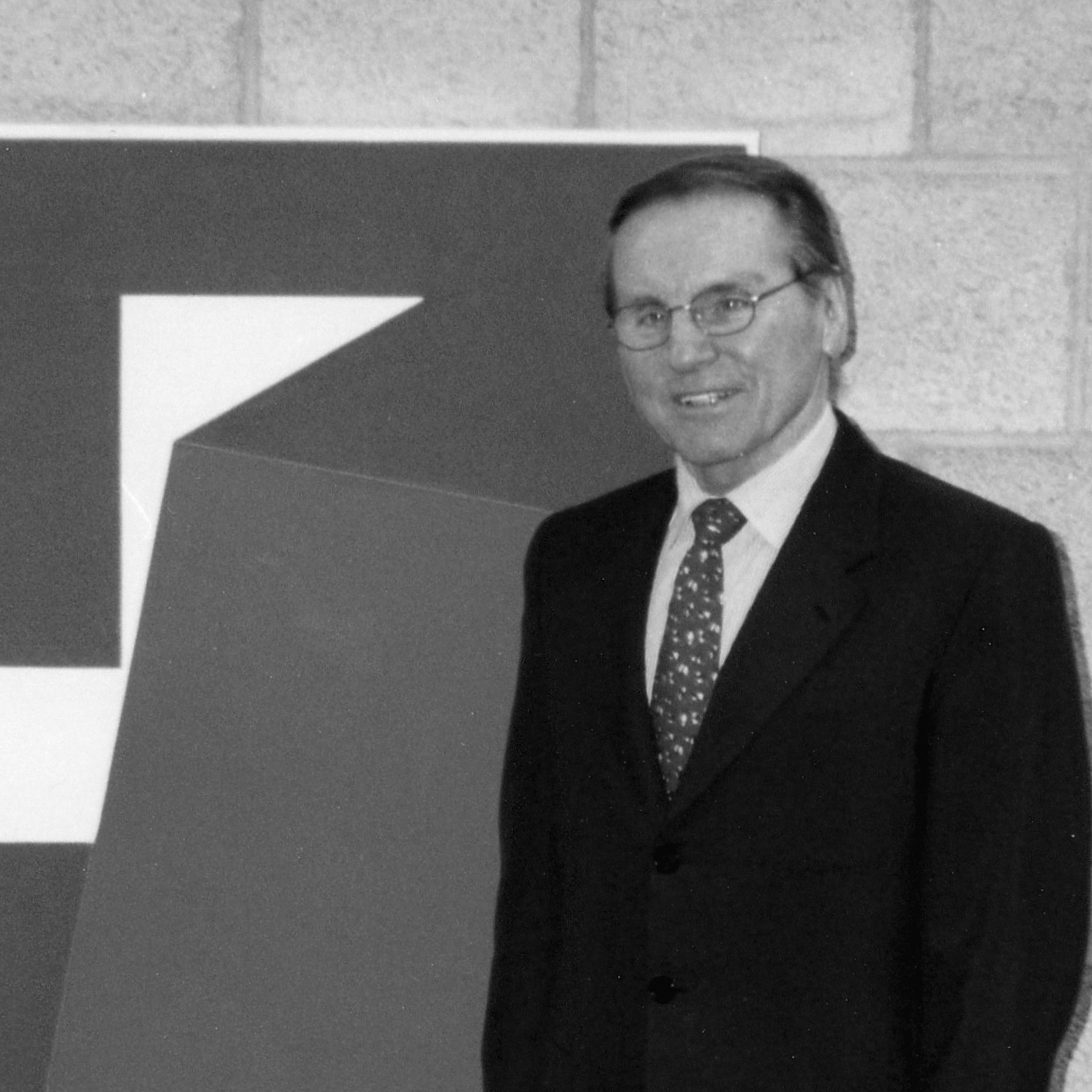
Georg Karl Pfahler was a German painter, printmaker and sculptor, and one of the leading proponents of post-war art in Germany.
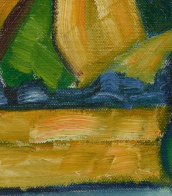
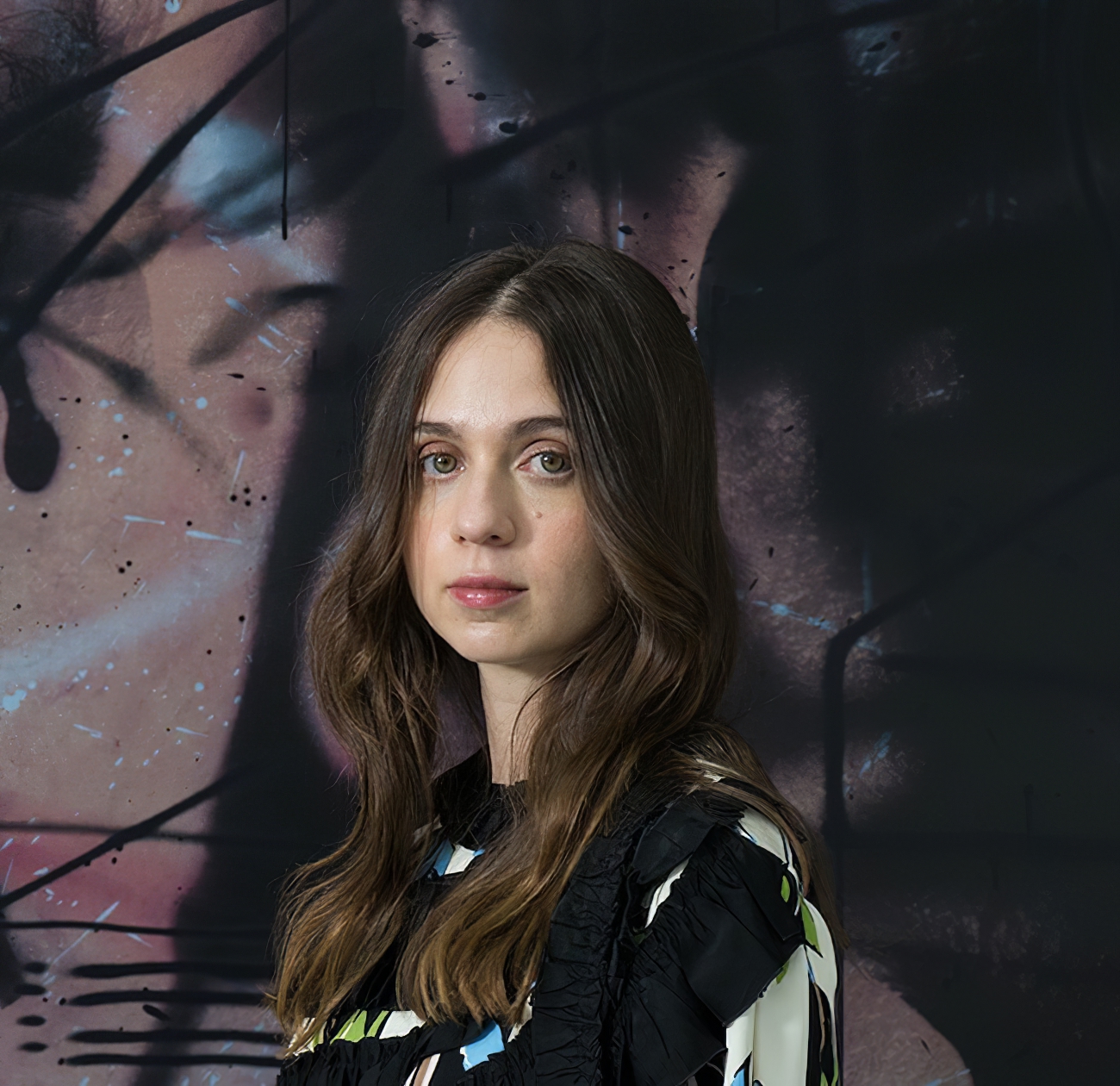
Avery Singer is an American artist known for creating digitally assisted paintings created through 3D modeling software and computer-controlled airbrushing.
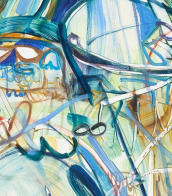
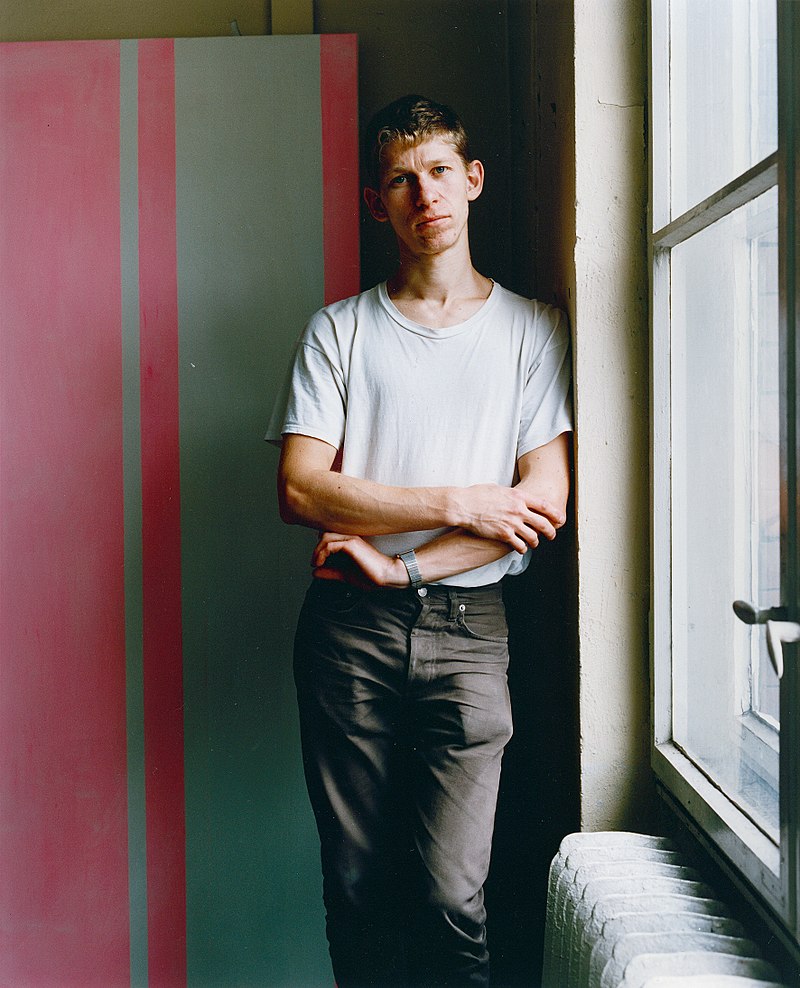
Michel Majerus was a Luxembourgish artist who combined painting with digital media in his work.


Jean Philippe Arthur Dubuffet, a pioneering French painter and sculptor, revolutionized the post-war art scene with his radical Matterism movement. He defied the conventional aesthetics of his time, championing "low art" and propelling a more genuine, humanistic image-making approach.
Dubuffet, born in Le Havre, France, in 1901, was a prominent figure at the Ecole de Paris and an advocate for Art Brut, or "raw art", which sought to capture art's purest form. His works were characterized by a rough, unrefined aesthetic, which eschewed academic norms in favor of spontaneity and authenticity.
Art enthusiasts and experts can view Dubuffet's innovative works at institutions like the Museum of Modern Art, where his legacy as a groundbreaking artist continues to be celebrated. His Matterism philosophy has left an indelible mark on the art world, inspiring generations of artists to embrace the beauty in the unconventional.
For those interested in the avant-garde and the legacy of Jean Philippe Arthur Dubuffet, sign up for our exclusive updates. This service is designed for connoisseurs and professionals in the art and antique sector, promising alerts on new insights and events strictly related to Dubuffet's profound influence.
